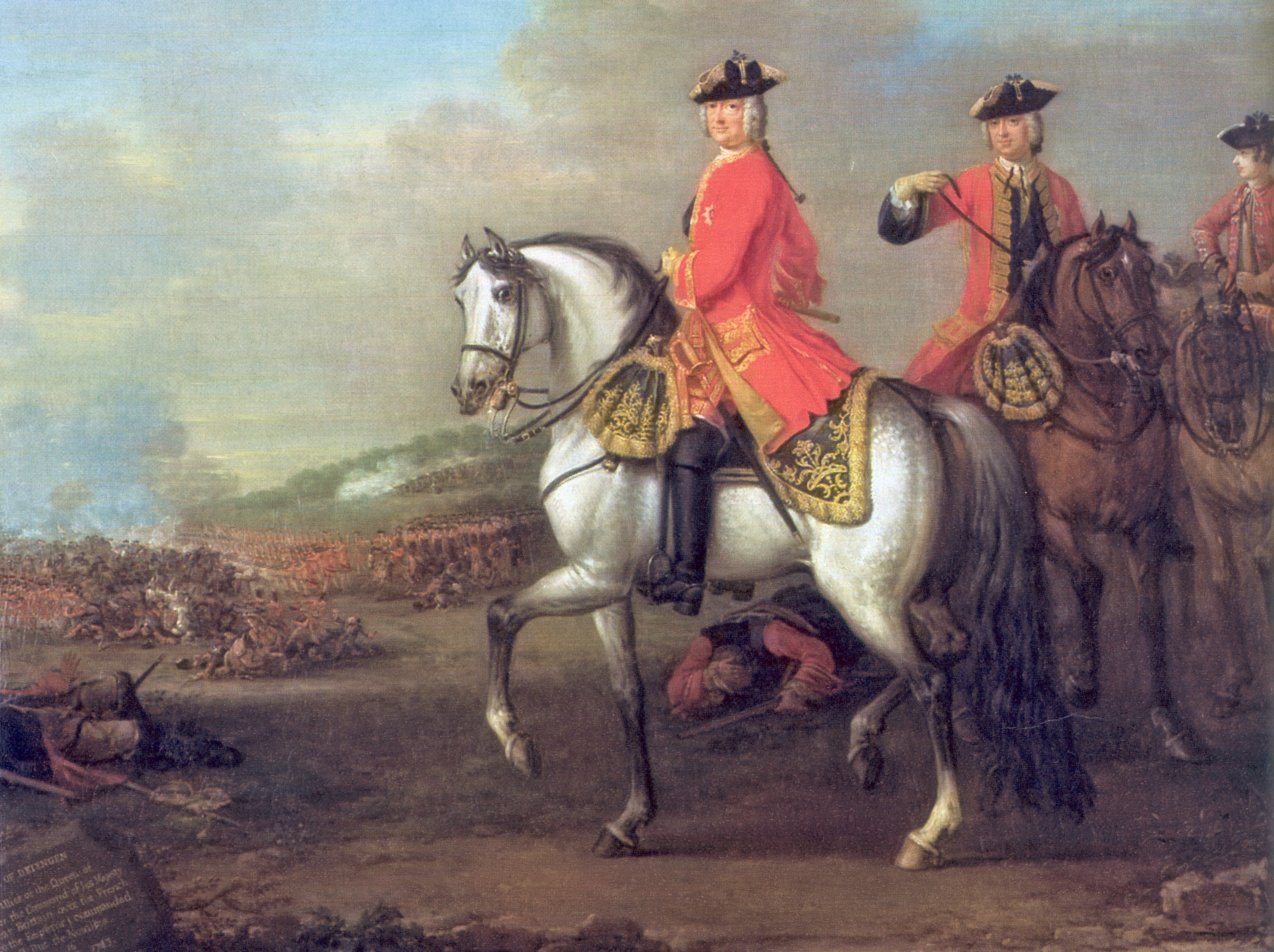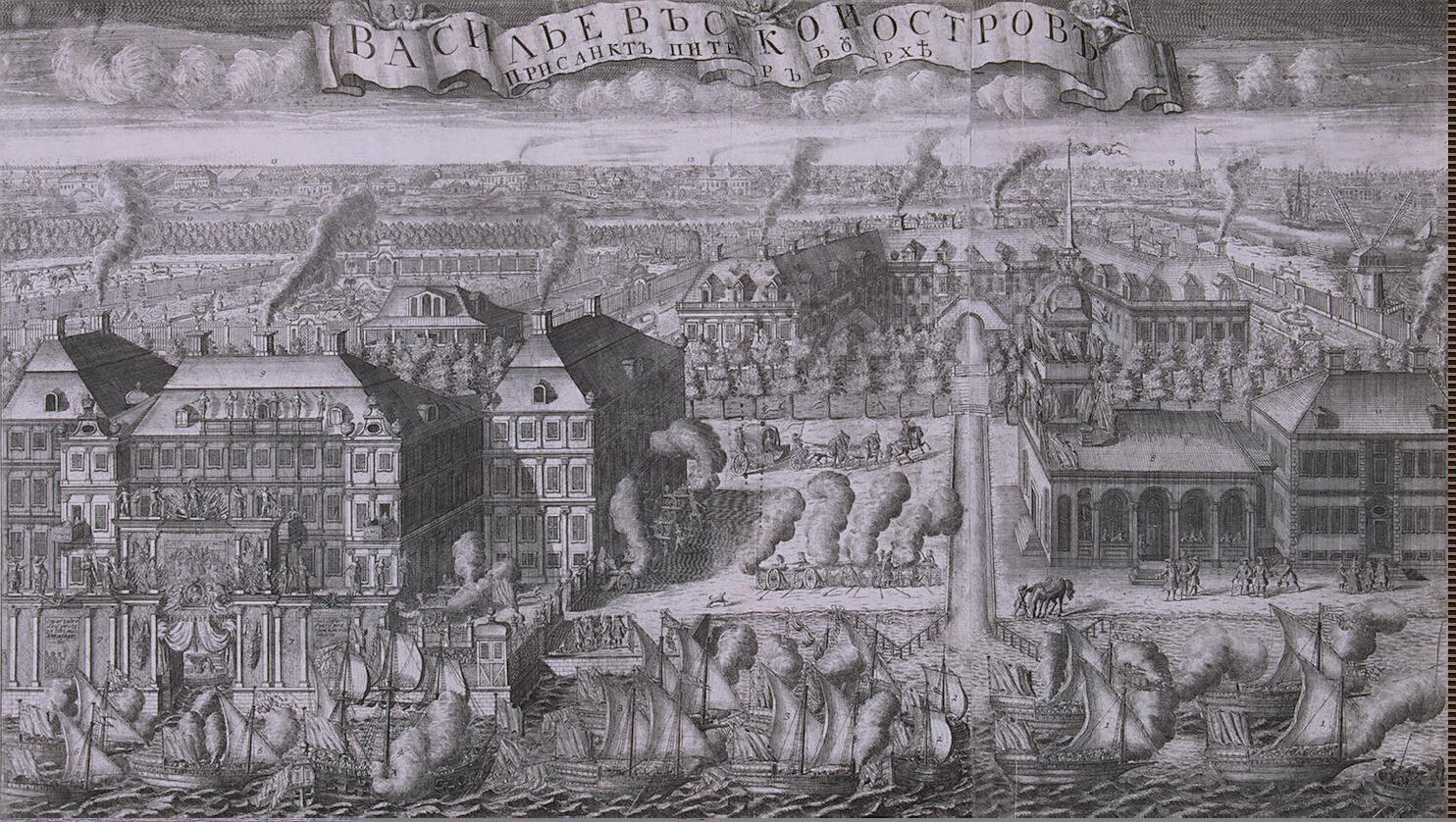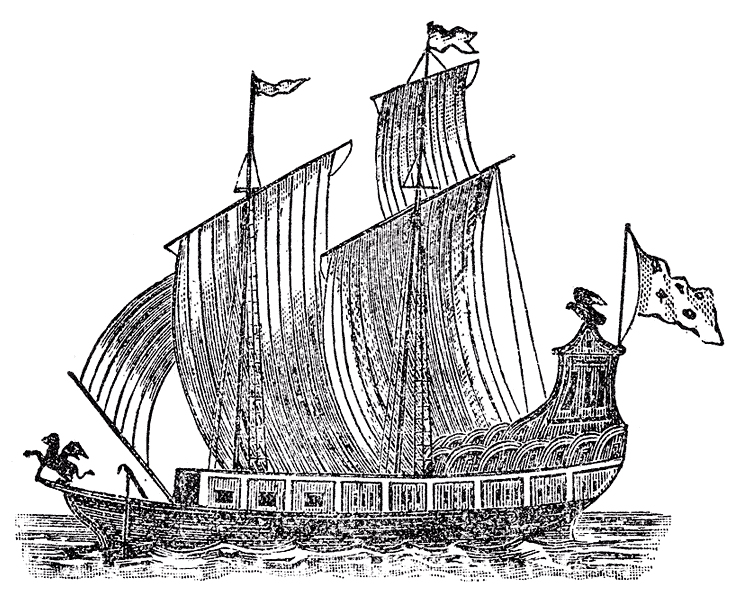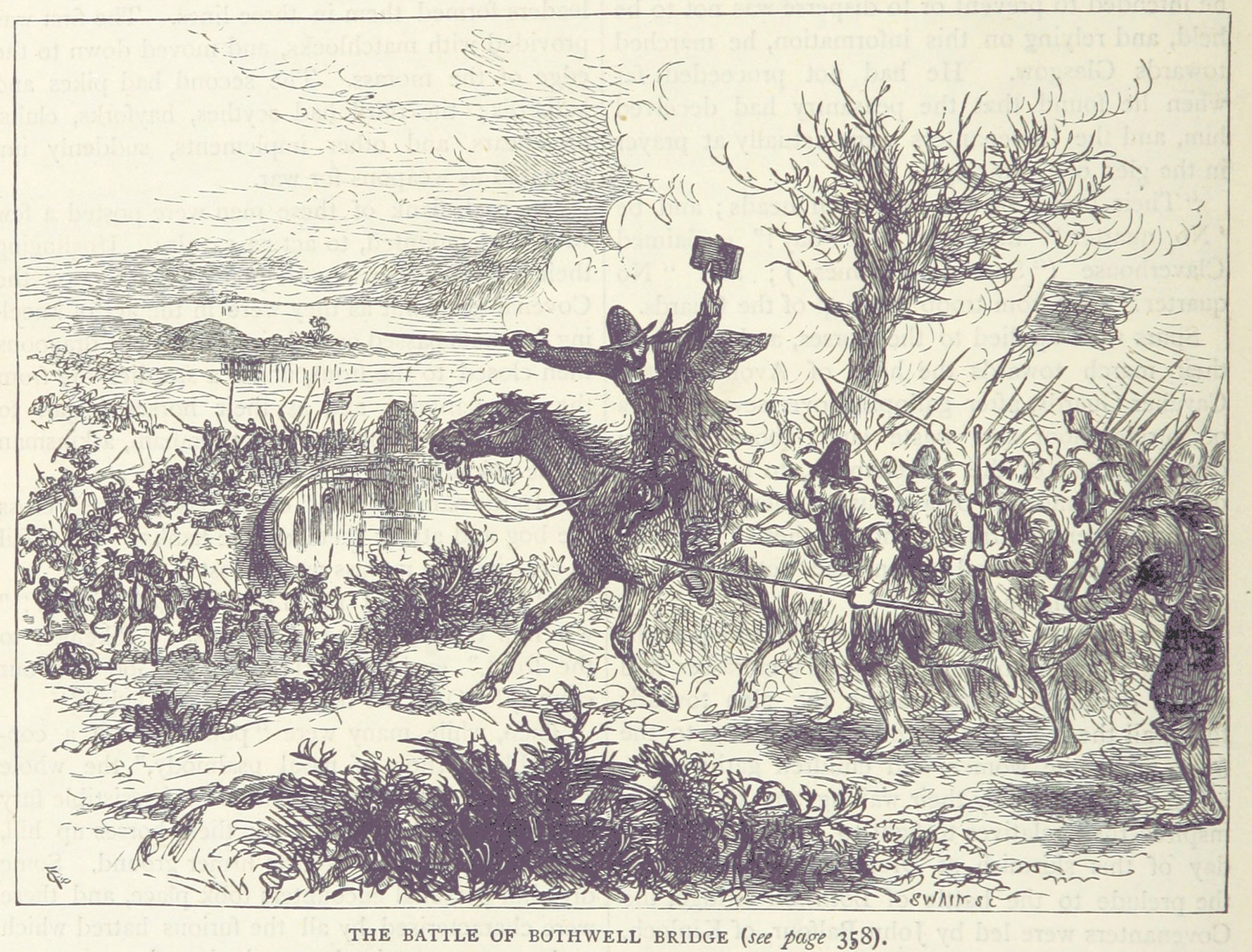|
August 07
Events Pre-1600 * 461 – Roman Emperor Majorian is beheaded near the river Iria in north-west Italy following his arrest and deposition by the ''magister militum'' Ricimer. * 626 – The Avar and Slav armies leave the siege of Constantinople. * 768 – Pope Stephen III is elected to office, and quickly seeks Frankish protection against the Lombard threat, since the Byzantine Empire is no longer able to help. * 936 – Coronation of King Otto I of Germany. *1461 – The Ming dynasty Chinese military general Cao Qin stages a coup against the Tianshun Emperor. *1479 – Battle of Guinegate: French troops of King Louis XI were defeated by the Burgundians led by Archduke Maximilian of Habsburg. 1601–1900 *1679 – The brigantine '' Le Griffon'', commissioned by René-Robert Cavelier, Sieur de La Salle, is towed to the south-eastern end of the Niagara River, to become the first ship to sail the upper Great Lakes of North America. *1714 &n ... [...More Info...] [...Related Items...] OR: [Wikipedia] [Google] [Baidu] |
Majorian
Majorian ( la, Iulius Valerius Maiorianus; died 7 August 461) was the western Roman emperor from 457 to 461. A prominent general of the Roman army, Majorian deposed Emperor Avitus in 457 and succeeded him. Majorian was the last emperor to make a concerted effort to restore the Western Roman Empire with its own forces. Possessing little more than Italy, Dalmatia, and some territory in northern Gaul, Majorian campaigned rigorously for three years against the Empire's enemies. His successors until the fall of the Empire, in 476–480, were actually instruments of their barbarian generals, or emperors chosen and controlled by the Eastern Roman court. After defeating a Vandal attack on Italy, Majorian launched a campaign against the Visigothic Kingdom in southern Gaul. Defeating king Theodoric II at the Battle of Arelate, Majorian forced the Goths to abandon their possessions in Septimania and Hispania and return to federate status. Majorian then attacked the Burgundian Kingdom, d ... [...More Info...] [...Related Items...] OR: [Wikipedia] [Google] [Baidu] |
1479
Year 1479 ( MCDLXXIX) was a common year starting on Friday (link will display the full calendar) of the Julian calendar). Events January–December * January 20 – Ferdinand II ascends the throne of Aragon, and rules together with his wife Isabella I, Queen of Castile, over most of the Iberian peninsula. * January 25 – The Treaty of Constantinople is signed between the Ottoman Empire and Republic of Venice; Venice will cede Argo, Negroponte, Lemnos and Shkodër, and pay an annual tribute of 10,000 golden ducats. * April 25 – Ratification of the Treaty of Constantinople in Venice ends the Siege of Shkodra after fifteen months, and brings all of Albania under the Ottoman Empire. * May 13 – Christopher Columbus, an experienced mariner and successful trader in the thriving Genoese expatriate community in Portugal, marries Felipa Perestrelo Moniz (Italian on her father's side), and receives as dowry her late father's maps and papers, charting the se ... [...More Info...] [...Related Items...] OR: [Wikipedia] [Google] [Baidu] |
1743
Events January–March * January 1 – The Verendrye brothers, probably Louis-Joseph and François de La Vérendrye, become the first white people to see the Rocky Mountains from the eastern side (the Spanish conquistadors had seen the Rockies from the west side). * January 8 – King Augustus III of Poland, acting in his capacity as Elector of Saxony, signs an agreement with Austria, pledging help in war in return for part of Silesia to be conveyed to Saxony. * January 12 ** The Verendryes, and two members of the Mandan Indian tribe, reach the foot of the mountains, near the site of what is now Helena, Montana. ** An earthquake strikes the Philippines * January 16 –Cardinal André-Hercule de Fleury turns his effects over to King Louis XV of France, 13 days before his death on January 29. * January 23 –With mediation by France, Sweden and Russia begin peace negotiations at Åbo to end the Russo-Swedish War. By August 17, Sweden cedes all ... [...More Info...] [...Related Items...] OR: [Wikipedia] [Google] [Baidu] |
Battle Of Gangut
The Battle of Gangut (russian: Гангутское сражение, fi, Riilahden taistelu, Finland Swedish: ''Slaget vid Rilax'', sv, Sjöslaget vid Hangöudd) took place on 27 July Jul./ 7 August 1714 Greg. during the Great Northern War (1700–1721), in the waters of Riilahti Bay, north of the Hanko Peninsula, near the site of the modern-day city of Hanko, Finland, between the Swedish Navy and Imperial Russian Navy. It was the first important victory of the Russian fleet in its history. Name of the battle The word ''Gangut'' in the name of the battle is a romanization of ''Гангут'', which is the traditional Russian cyrillization of ''Hangöudd'', the traditional Swedish name of the Hanko Peninsula. Seldom used names are ''Battle of Hangö''Great Soviet Encyclopedia, Third edition, English translation, Volume 6 (1975), page 527, Battle of Hangö (Finnish ''Hanko'') and ''Battle of Hangöudd'' (Finnish ''Hankoniemi''). [...More Info...] [...Related Items...] OR: [Wikipedia] [Google] [Baidu] |
1714
Events January–March * January 21 – After being tricked into deserting a battle against India's Mughal Empire by the rebel Sayyid brothers, Prince Azz-ud-din Mirza is blinded on orders of the Emperor Farrukhsiyar as punishment. * February 7 – The Siege of Tönning (a fortress of the Swedish Empire and now located in Germany in the state of Schleswig-Holstein) ends after almost a year, as Danish forces force the surrender of the remaining 1,600 defenders. The fortress is then leveled by the Danes. * February 28 – (February 17 old style) Russia's Tsar Peter the Great issues a decree requiring compulsory education in mathematics for children of government officials and nobility, applying to children between the ages of 10 and 15 years old. * March 2 – (February 19 old style) The Battle of Storkyro is fought between troops of the Swedish Empire and the Russian Empire, near what is now the village of Napue in Finland. The outnumbered Swedish forces, under the c ... [...More Info...] [...Related Items...] OR: [Wikipedia] [Google] [Baidu] |
Great Lakes
The Great Lakes, also called the Great Lakes of North America, are a series of large interconnected freshwater lakes in the mid-east region of North America that connect to the Atlantic Ocean via the Saint Lawrence River. There are five lakes, which are Lake Superior, Superior, Lake Michigan, Michigan, Lake Huron, Huron, Lake Erie, Erie, and Lake Ontario, Ontario and are in general on or near the Canada–United States border. Hydrologically, lakes Lake Michigan–Huron, Michigan and Huron are a single body joined at the Straits of Mackinac. The Great Lakes Waterway enables modern travel and shipping by water among the lakes. The Great Lakes are the largest group of freshwater lakes on Earth by total area and are second-largest by total volume, containing 21% of the world's surface fresh water by volume. The total surface is , and the total volume (measured at the low water datum) is , slightly less than the volume of Lake Baikal (, 22–23% of the world's surface fresh water ... [...More Info...] [...Related Items...] OR: [Wikipedia] [Google] [Baidu] |
Niagara River
The Niagara River () is a river that flows north from Lake Erie to Lake Ontario. It forms part of the border between the province of Ontario in Canada (on the west) and the state of New York (state), New York in the United States (on the east). There are differing theories as to the origin of the river's name. According to Iroquoian scholar Bruce Trigger, ''Niagara'' is derived from the name given to a branch of the locally residing native Neutral Nation, Neutral Confederacy, who are described as being called the ''Niagagarega'' people on several late-17th-century French maps of the area. According to George R. Stewart, it comes from the name of an Iroquois town called ''Ongniaahra'', meaning "point of land cut in two". The river, which is occasionally described as a strait, is about long and includes Niagara Falls in its course. The falls have moved approximately upstream from the Niagara Escarpment in the last 12,000 years, resulting in a gorge below the falls. Today, the d ... [...More Info...] [...Related Items...] OR: [Wikipedia] [Google] [Baidu] |
René-Robert Cavelier, Sieur De La Salle
René-Robert Cavelier, Sieur de La Salle (; November 22, 1643 – March 19, 1687), was a 17th-century French explorer and fur trader in North America. He explored the Great Lakes region of the United States and Canada, the Mississippi River, and the Gulf of Mexico. He is best known for an early 1682 expedition in which he canoed the lower Mississippi River from the mouth of the Illinois River to the Gulf of Mexico; there, on 9 April 1682, he claimed the Mississippi River basin for France after giving it the name ''La Louisiane''. One source states that "he acquired for France the most fertile half of the North American continent". La Salle is sometimes credited with being the first European to traverse the Ohio River, and sometimes the Mississippi as well. Although Joliet and Marquette preceded him on the upper Mississippi in their journey of 1673–74, La Salle extended exploration, and France's claims, all the way to the river's mouth, while the existing historical e ... [...More Info...] [...Related Items...] OR: [Wikipedia] [Google] [Baidu] |
Le Griffon
''Le Griffon'' (, ''The Griffin'') was a sailing vessel built by René-Robert Cavelier, Sieur de La Salle in 1679. ''Le Griffon'' was constructed and launched at or near Cayuga Island on the Niagara River and was armed with seven cannons. The exact size and construction of Le Griffon is not known but many researchers believe she was a 45-ton barque. She was the largest sailing vessel on the Great Lakes up to that time. La Salle and Father Louis Hennepin set out on ''Le Griffon''s maiden voyage on 7 August 1679 with a crew of 32, sailing across Lake Erie, Lake Huron and Lake Michigan through uncharted waters that only canoes had previously explored. The ship landed on an island in Lake Michigan where the local tribes had gathered with animal pelts to trade with the French. La Salle disembarked and on 18 September sent the ship back toward Niagara. On its return trip from the island, said to be located in the mouth of the body of water which is now known as Green Bay, it vanished ... [...More Info...] [...Related Items...] OR: [Wikipedia] [Google] [Baidu] |
Brigantine
A brigantine is a two-masted sailing vessel with a fully square-rigged foremast and at least two sails on the main mast: a square topsail and a gaff sail mainsail (behind the mast). The main mast is the second and taller of the two masts. Older usages are looser; in addition to the rigorous definition above (attested from 1695), the ''Oxford English Dictionary'' has about 1525 definitions of "a small vessel equipped both for sailing and rowing, swifter and more easily manœuvred than larger ships" and "(loosely) various kinds of foreign sailing and rowing vessels, as the galleon, galliot, etc." Modern American definitions include vessels without the square sails on the main mast. Mediterranean brigantines In the Mediterranean Basin during the 13th century, a brigantine referred to a sail- and oar-driven war vessel. It was lateen rigged on two masts and had between eight and twelve oars on each side. Its speed, maneuverability, and ease of handling made it a favourite of Mediter ... [...More Info...] [...Related Items...] OR: [Wikipedia] [Google] [Baidu] |
1679
Events January–June * January 24 – King Charles II of England dissolves the "Cavalier Parliament", after nearly 18 years. * February 3 – Moroccan troops from Fez are killed, along with their commander Moussa ben Ahmed ben Youssef, in a battle against rebels in the Jbel Saghro mountain range, but Moroccan Sultan Ismail Ibn Sharif is able to negotiate a ceasefire allowing his remaining troops safe passage back home. * February 5 – The Treaty of Celle is signed between France and Sweden on one side, and the Holy Roman Empire, at the town of Celle in Saxony (now in Germany). Sweden's sovereignty over Bremen-Verden is confirmed and Sweden cedes control of Thedinghausen and Dörverden to the Germans. * February 19 – Ajit Singh Rathore becomes the new Maharaja of the Jodhpur State a principality in India also known as Marwar, now located in Rajasthan state. * March 6 – In England, the "Habeas Corpus Parliament" (or "First Exclusion Parliament" ... [...More Info...] [...Related Items...] OR: [Wikipedia] [Google] [Baidu] |








